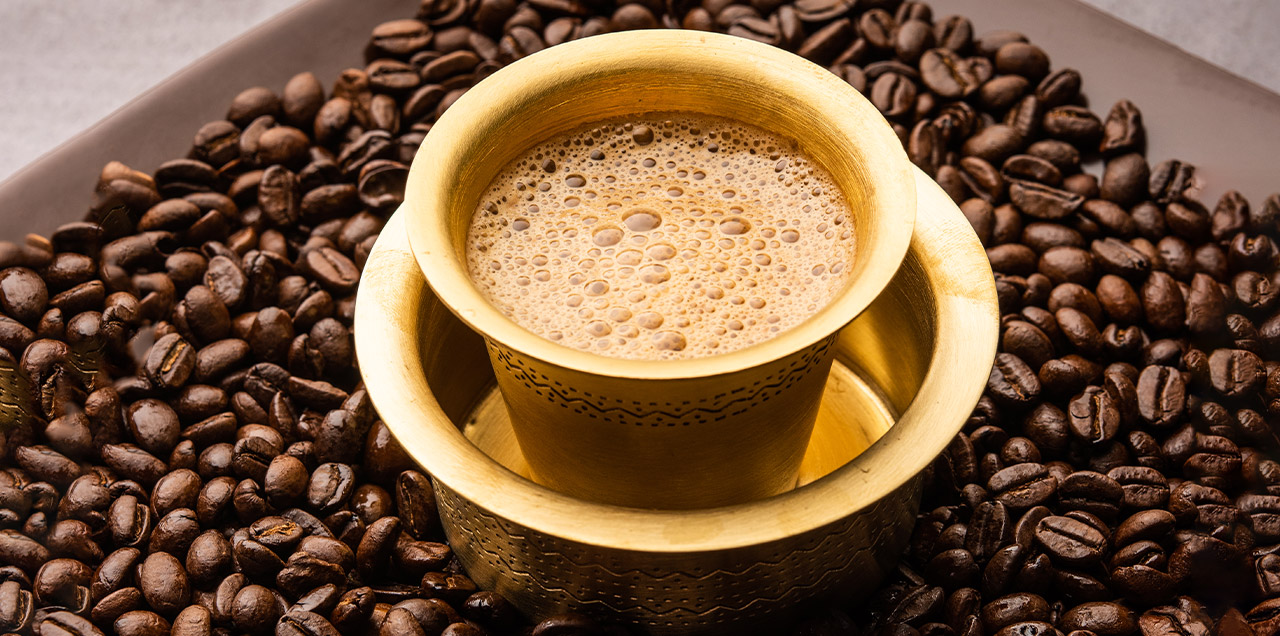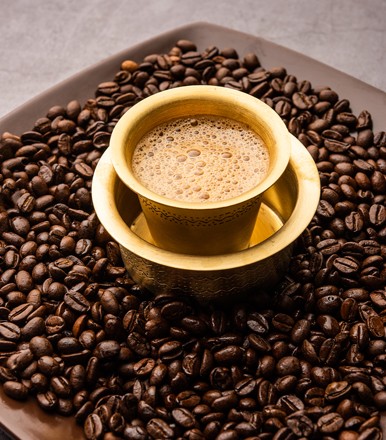When we think of caffeine, our minds often conjure images of steaming cups of coffee or tea, the tried-and-true companions of our daily routines. However, the world of caffeine is far more diverse than we might imagine. Have you ever thought about the sources that contain this magical molecule, adding a dash of surprise and a jolt of energy to our lives? We’ll look into it together but first, let us know more about its characteristics.
Let’s meet Caffeine
Before we delve deeper, let's meet our protagonist: caffeine, a natural stimulant that belongs to the xanthine class of compounds. Structurally similar to adenosine, a neurotransmitter that promotes sleep and relaxation, caffeine is a cunning imposter. It sneaks into our adenosine receptors, preventing us from feeling tired and instead, inducing a state of heightened alertness and focus.
Caffeine is a natural chemical with stimulant effects. Caffeine can be sourced from coffee beans, cacao beans, kola nuts, tea leaves, yerba mate, the guarana berry, and over 60 other products. Used as an additive to sodas and energy drinks, or consumed as powder or tablets.
Caffeine works by stimulating the central nervous system, heart, muscles, and the centers that control blood pressure. Caffeine can raise blood pressure, but might not have this effect in people who use it all the time. Caffeine can also act like a "water pill" that increases urine flow.
Since when…
Historians track the first brewed tea as far back as 2737 B.C. Coffee was reportedly discovered many years later by an Ethiopian shepherd who noticed the extra energy it gave his goats. Caffeinated soft drinks hit the market in the late 1800s and energy drinks soon followed.
Nowadays, 80% of the world’s population consumes a caffeinated product each day, and this number goes up to 90% for adults.
How it works inside the body is, that once consumed, caffeine is quickly absorbed from the gut into the bloodstream. From there, it travels to the liver and is broken down into compounds that can affect the function of various organs.
That said, caffeine’s main effect is on the brain.
It functions by blocking the effects of adenosine, which is a neurotransmitter that relaxes the brain and makes you feel tired. As the day progresses, adenosine levels in the brain gradually increase, resulting in an escalating sense of fatigue and sleepiness. However, caffeine helps you to stay alert by binding to adenosine receptors in the brain, without activating them. This blocks the effects of adenosine, leading to a decrease in tiredness. Additionally, caffeine increases the levels of adrenaline in the bloodstream and enhances the activity of dopamine and norepinephrine in the brain. This unique combination further stimulates the brain, promoting a heightened sense of wakefulness, attentiveness, and focus. As a result of its profound effects on the brain, caffeine is widely regarded as a psychoactive drug.
Furthermore, the effects of caffeine are rapid and potent. A single cup of coffee may contain enough caffeine to enter the bloodstream within just 20 minutes, and it may take only an hour for it to reach its full potential.
The dose
The typical dose of caffeine is roughly 70 to 100 mg per drink. There is no recommended daily intake of caffeine, but it is generally considered safe to consume up to 400 mg per day. However, taking caffeine in higher doses or over a prolonged period can be harmful. Caffeine can cause various side effects such as insomnia, restlessness, nervousness, increased heart rate, and nausea. Larger amounts can lead to more severe effects like headaches, chest pain, and anxiety.
While caffeine is generally safe for children and adolescents in quantities commonly found in foods, products with concentrated or pure caffeine pose a high risk of exceeding safe dosage levels. Therefore, it is advisable to avoid such products.
Pregnant and breastfeeding women can also consume caffeine in amounts commonly found in foods without notable risks. However, consuming up to 300 mg of caffeine daily is the recommended limit to avoid any potential harm.
While there are no absolute contraindications to caffeine, the public should be advised to avoid caffeine if they have cardiac disorders, panic disorder, anxiety, or elevated stress levels, consuming caffeine in moderate amounts can be beneficial, but it's essential to be mindful of the potential risks and to always follow the recommended guidelines for safe consumption.
The safe zone- uses of caffeine
Coffee consumption is linked to several other health benefits:
May boost metabolism and fat burning. Because of its ability to stimulate the central nervous system, caffeine may increase metabolism by up to 11% and fat burning by up to 13%. Practically speaking, consuming 300 mg of caffeine per day may allow you to burn an extra 79 calories daily.
Can be used as an effective Pre-workout. It may also reduce perceived exertion during exercise by up to 5.6%, which can make workouts feel easier. Consuming small amounts of caffeine about an hour before exercise is likely to improve exercise performance.
Migraine. Taking caffeine by mouth together with pain relievers such as aspirin and acetaminophen is effective for treating migraine. Caffeine is an FDA-approved product for use with pain relievers for treating migraine headaches.
Acute pain. Taking caffeine by mouth together with painkillers such as ibuprofen can reduce pain more than painkillers alone.
Obesity. Taking caffeine by mouth together with ephedrine seems to increase weight loss, in the short term. But there can be unwanted side effects. Even in carefully monitored and otherwise healthy adults, caffeine/ephedra combinations can cause changes in blood pressure and heart rate.
Liver protection. Coffee may reduce the risk of liver damage (cirrhosis) by as much as 84%. It may slow disease progression, improve treatment response, and lower the risk of premature death.
People most commonly use caffeine for mental alertness, headache, migraine athletic performance, memory, and obesity. It is also used for asthma, gallbladder disease, ADHD, low blood pressure, depression, and many other conditions, but there is no proper scientific evidence to support most of these other uses.
You can also find caffeine in some prescription or over-the-counter drugs like cold, allergy, and pain medications. It’s also a common ingredient in weight loss supplements.
Caffeine isn't just a chemical; it's a cultural phenomenon. As we wrap up our caffeinated journey, it's evident that caffeine is more than just a stimulant; it's a cultural phenomenon that binds us together in the tapestry of daily life.
The bottom line is that caffeine isn’t as unhealthy as it was once believed. Evidence shows that it may be just the opposite. Therefore, it’s safe to consider your daily cup of coffee or tea as an enjoyable way to promote good health.
Here are the amounts of caffeine expected per 8-ounce (240-mL) serving of some popular beverages.
| Espresso | 240–720 mg |
| Coffee | 102–200 mg |
| Yerba mate | 65–130 mg |
| Energy drinks | 50–160 mg |
| Brewed tea | 40–120 mg |
| Soft drinks | 20–40 mg |
| Decaffeinated coffee | 3–12 mg |
| Cocoa beverage | 2–7 mg |
| Chocolate milk | 2–7 mg |
Hello Fitness Magazine is your go-to source for the latest trends, tips, and insights on health and wellness. From nutrition advice to workout routines, we're dedicated to helping you live your best life. Ready to embark on your journey to better health and well-being? Visit Hello Fitness Magazine today for expert advice, inspirational stories, and actionable tips to help you reach your goals. Whether you're looking to improve your diet, ramp up your fitness routine, or prioritize self-care, we've got you covered. Get started now and say hello to a happier, healthier you!














